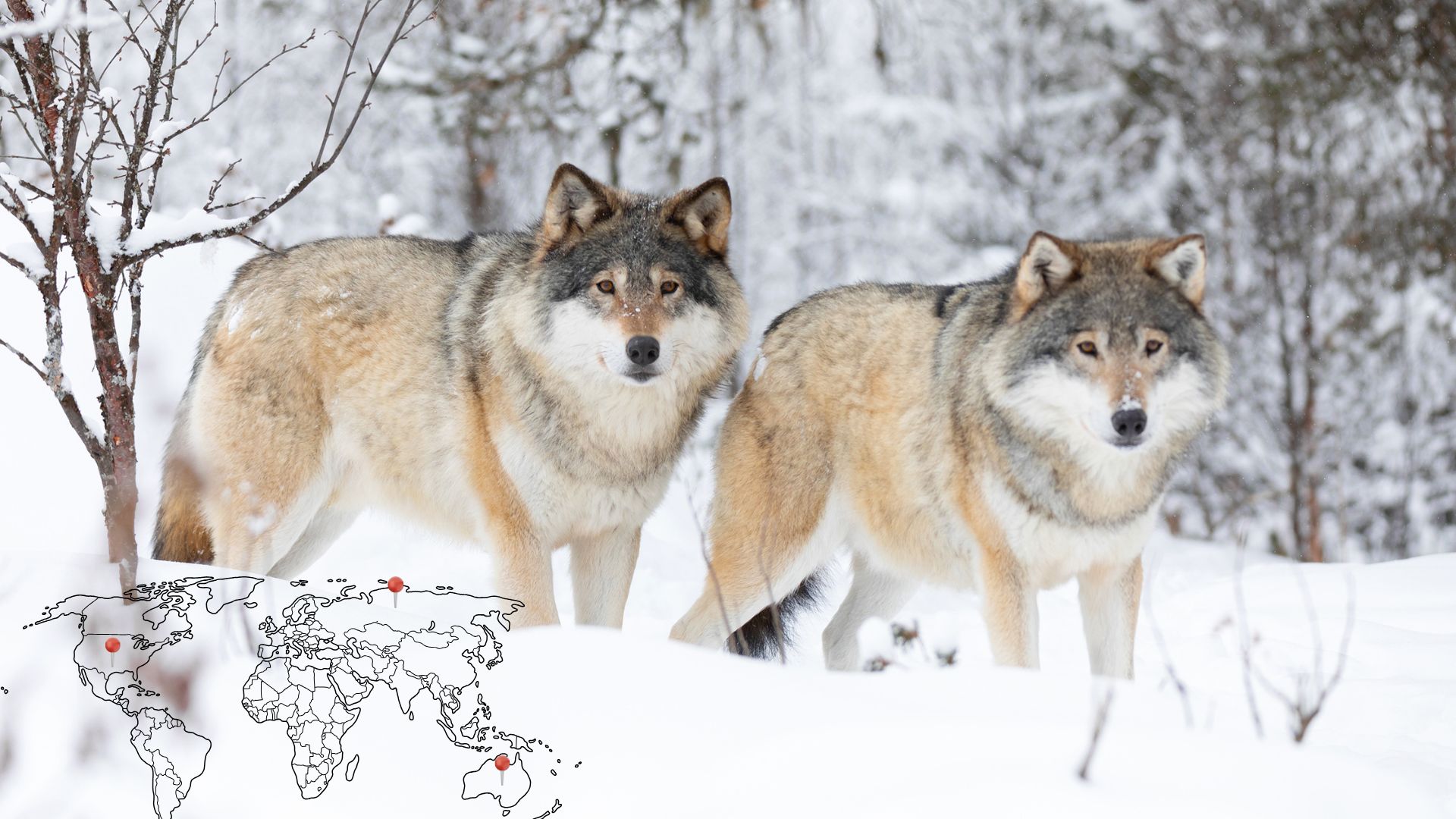Embark on an exhilarating journey as we uncover the world’s largest wolves, renowned for their impressive size and fascinating habitats. With nine distinct species spread across the globe, these majestic creatures captivate wildlife enthusiasts and curious minds alike.
From the rugged terrains of the Himalayas to the dense forests of North America, each wolf species offers a unique glimpse into the diverse ecosystems they inhabit. Join us as we explore their characteristics, habitats, and where you can witness these awe-inspiring animals in their natural surroundings.
1. Northern Rocky Mountain Wolf
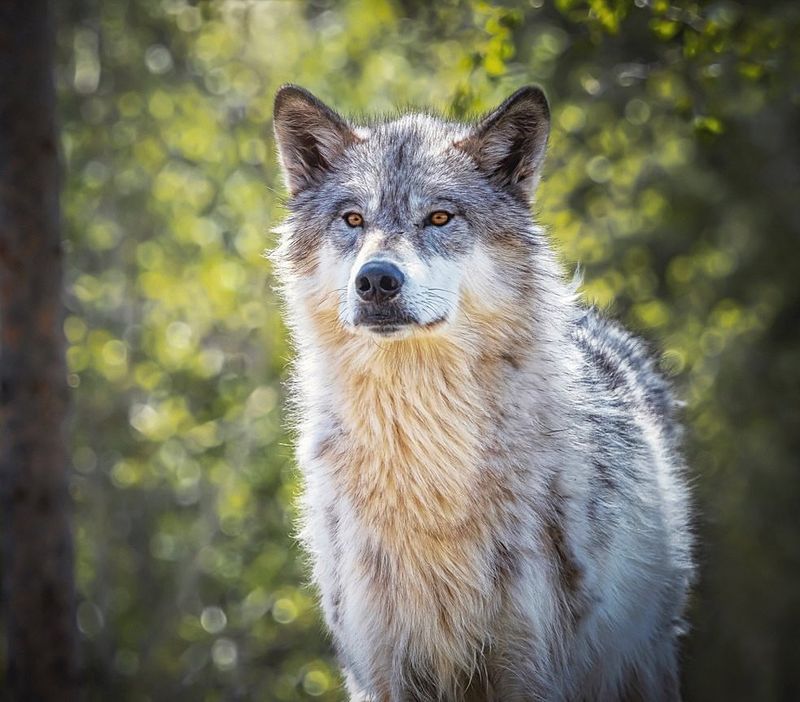
The Northern Rocky Mountain Wolf, a subspecies of the gray wolf, inhabits the breathtaking landscapes of Montana, Wyoming, and Idaho. These magnificent creatures are known for their impressive size, often weighing between 85 to 115 pounds. With their dense fur coats, they are well-adapted to the cold climates of the Rockies. This wolf’s striking appearance includes a mix of gray, black, and white fur, which provides excellent camouflage against the rocky terrain.
Northern Rocky Mountain Wolves typically form packs led by an alpha pair. This social structure aids in hunting large prey such as elk and deer. Their howls echo through the forest, a haunting yet beautiful sound that signifies their presence. These wolves play a crucial role in maintaining the ecological balance by keeping the prey populations in check.
For those eager to witness these wolves in their natural habitat, national parks like Yellowstone offer a glimpse into their world. Guided tours provide insights into their behavior and ecology, making it an educational adventure. Observing these wolves in the wild is a testament to the untamed beauty of the American wilderness.
2. Northwestern Wolf
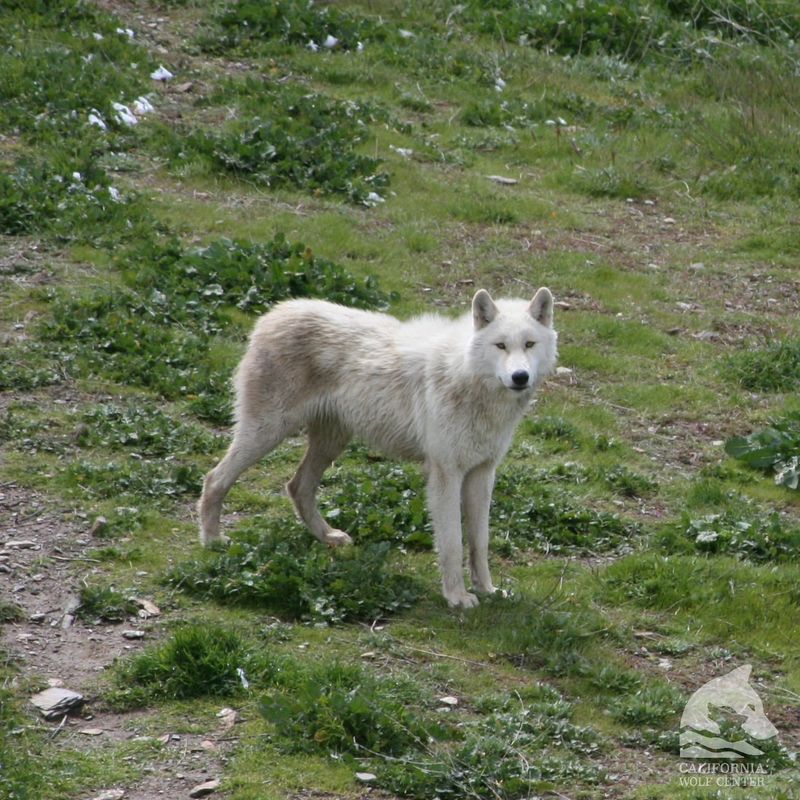
The Northwestern Wolf, also known as the Mackenzie Valley Wolf, is one of North America’s largest wolf subspecies. Found primarily in Washington, Oregon, and parts of British Columbia, these wolves are adapted to diverse habitats, from dense forests to open plains. They are robust and large, with males weighing up to 175 pounds.
These wolves have a varied diet, hunting anything from deer to smaller mammals depending on availability. Their thick fur comes in shades of gray, black, and brown, which aids in blending into their surroundings. Social animals by nature, they live and hunt in packs, which enhances their ability to take down larger prey.
Northwestern Wolves are not only crucial to maintaining their ecosystem’s health but also a symbol of the wild spirit of the Pacific Northwest. Wildlife enthusiasts can often spot them in regions like the Okanagan Valley. For those traveling to these regions, guided tours offer a chance to learn more about these majestic animals. Engaging with local wildlife experts enriches this experience, providing a deeper understanding of the wolves and their role in nature.
3. Interior Alaskan Wolf
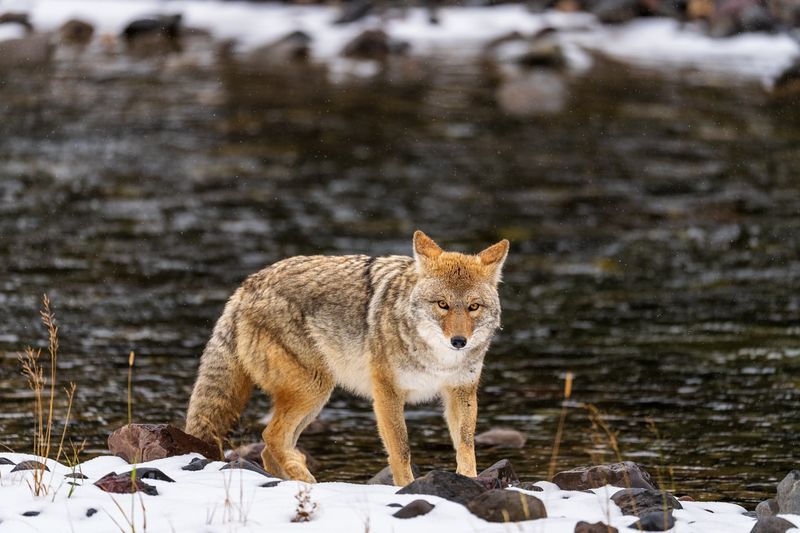
The Interior Alaskan Wolf is an imposing presence in the vast wilderness of Alaska and northern Canada. Known for their strikingly large size, these wolves can weigh up to 145 pounds. Their thick, luxurious coats are perfectly suited for the harsh, frigid climates they call home. Typically, their fur is a blend of grays, blacks, and whites, providing excellent camouflage in the snowy landscape.
Interior Alaskan Wolves are highly efficient hunters, often working in packs to pursue caribou and other large prey. Their pack dynamics are intricately organized, with a clear hierarchy that aids in hunting and survival. As apex predators, they play a significant role in controlling the populations of their prey, thereby maintaining ecological balance.
Visitors to Alaska can witness these magnificent creatures in their natural habitat, particularly in national parks like Denali. Such areas offer guided wildlife tours that can increase the chances of spotting these elusive animals. Understanding their behaviors and social structures during these excursions offers a unique insight into the lives of these remarkable wolves, enriching the experience of Alaska’s breathtaking wilderness.
4. Eurasian Wolf
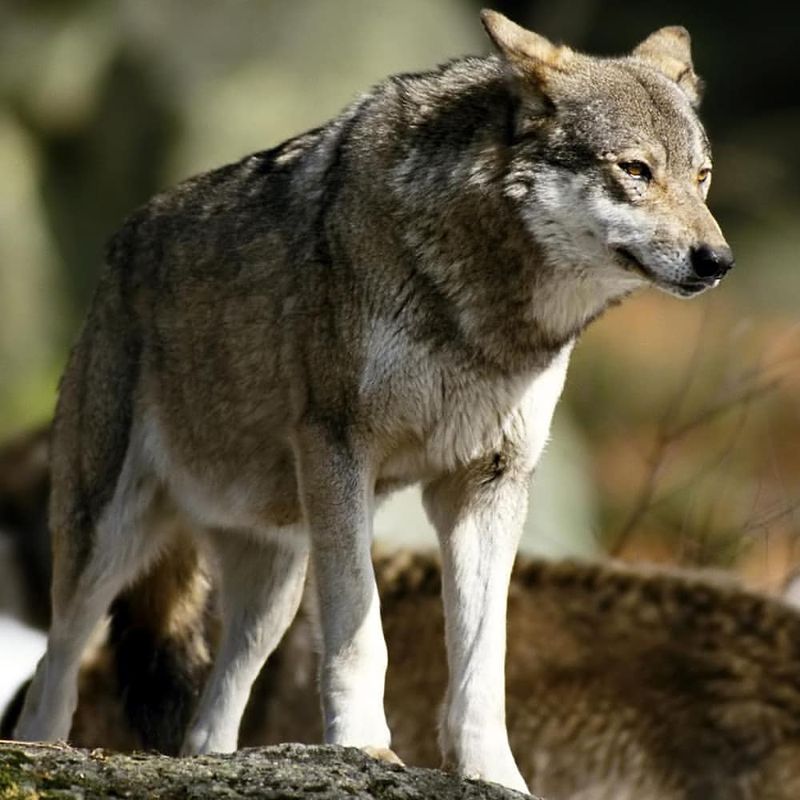
Spanning across the vast territories of Europe and Asia, the Eurasian Wolf is a testament to adaptability and survival. These wolves can weigh up to 140 pounds, making them one of the largest wolf species. Their fur varies greatly, with shades ranging from gray to reddish-brown, allowing them to blend seamlessly into varied landscapes.
Eurasian Wolves are known for their diverse diet, which includes deer, wild boar, and smaller mammals. They exhibit strong social structures, living in packs that rely on coordinated strategies to hunt and protect their territory. Their presence is vital for controlling wildlife populations, contributing to the health of their ecosystems.
While they are not native to the U.S., wildlife enthusiasts can observe these wolves across many European countries. National parks and reserves in countries like Poland, Italy, and Romania offer opportunities to see them in the wild. For those interested in the broader ecological role of these wolves, guided tours in these regions provide valuable insights, enhancing one’s appreciation for these resilient and fascinating predators.
5. Himalayan Wolf
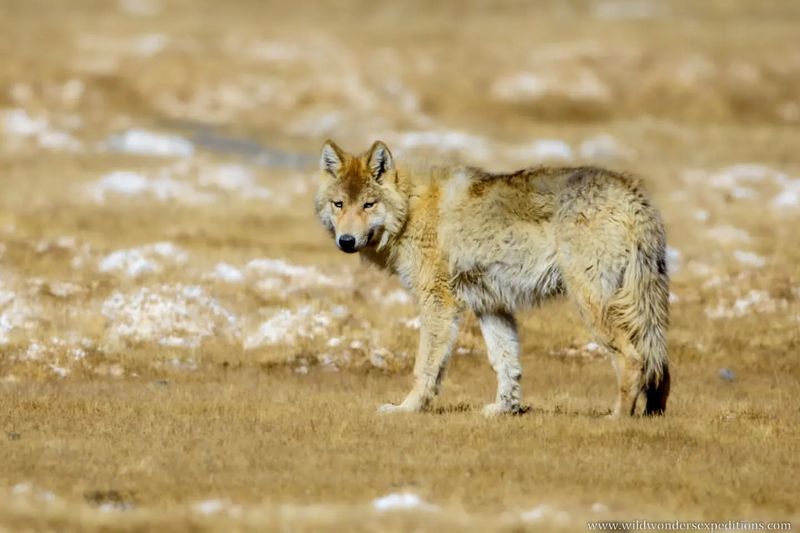
The Himalayan Wolf, native to the high-altitude regions of the Himalayas, is a unique and elusive species. Weighing up to 90 pounds, these wolves are smaller than some of their North American counterparts but are highly adapted to their rugged environment. Their fur is typically a blend of grays and browns, providing effective insulation against the cold mountain climate.
These wolves primarily hunt wild sheep and goats, using their agility and endurance to navigate steep, rocky terrains. Living in small family groups, they exhibit strong social bonds, essential for their survival in such a challenging habitat. Despite their relatively small packs, Himalayan Wolves are formidable hunters, capable of taking down prey larger than themselves.
For adventurers and wildlife enthusiasts, spotting a Himalayan Wolf in the wild is a rare and rewarding experience. Although they are elusive, trekking in regions like Ladakh and Bhutan offers the possibility of encountering these fascinating creatures. Local guides and experts enhance this experience, providing insights into the wolves’ behaviors and the delicate ecosystem they inhabit. Observing these wolves in their natural habitat is a testament to the resilience and adaptability of wildlife in harsh environments.
6. Arctic Wolf
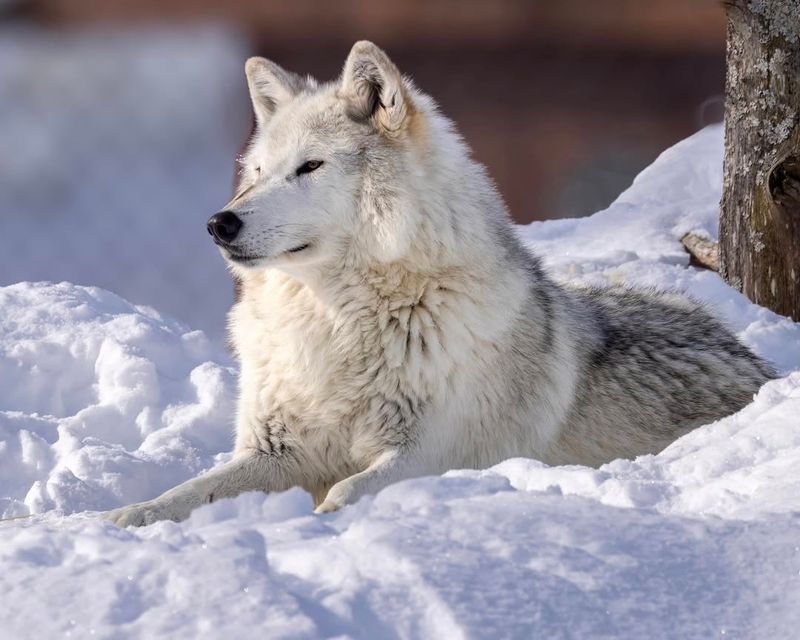
The Arctic Wolf, a captivating subspecies of the gray wolf, inhabits the remote and frigid regions of Alaska and Canada’s Arctic. Known for their distinct white fur, these wolves blend seamlessly with the snowy landscapes, an adaptation that aids in hunting and survival. Weighing up to 175 pounds, they are among the larger wolf species.
Arctic Wolves have adapted to some of the harshest climates on Earth, where temperatures can plummet to extreme lows. Their diet mainly consists of Arctic hares, lemmings, and sometimes muskoxen. Living in packs, these wolves exhibit strong social cohesion, which is crucial for hunting and enduring the severe Arctic conditions.
Observing the Arctic Wolf in its natural habitat is a unique experience available in some parts of the Arctic, including the Canadian tundra. Adventurous travelers can embark on guided tours that explore these remote regions, offering a chance to see these majestic animals firsthand. Such excursions provide valuable insights into the wolves’ survival strategies and their role in the Arctic ecosystem, making it an unforgettable wildlife experience.
7. Mongolian Wolf
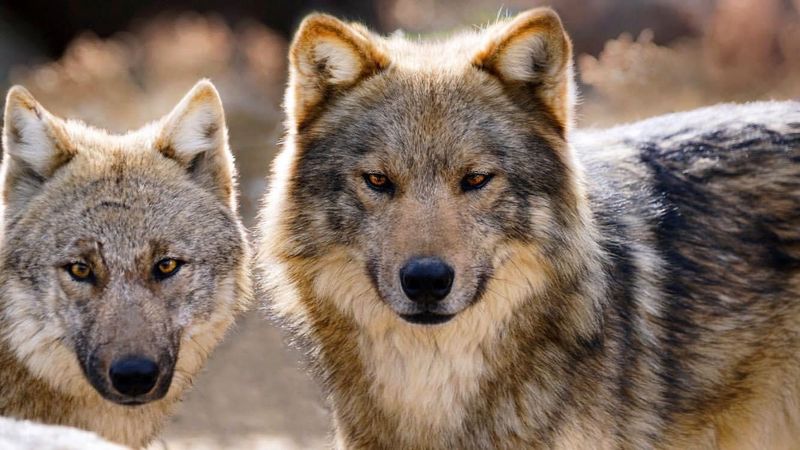
The Mongolian Wolf, native to the vast steppes of Mongolia and parts of China, exemplifies adaptability and resilience. Weighing between 70 to 100 pounds, these wolves are smaller compared to their northern relatives but are well-suited to the expansive grasslands they inhabit. Their fur, a mix of grays and browns, provides excellent camouflage in the open plains.
These wolves primarily prey on small to medium-sized mammals such as marmots and rodents, often hunting in pairs or small packs. Their hunting strategy relies on speed and endurance, taking advantage of the expansive, open terrain to pursue prey. Despite the harsh conditions of their environment, Mongolian Wolves are adept at finding food and shelter.
For those interested in experiencing the unique wildlife of Mongolia, the steppes offer a chance to observe these wolves in their natural habitat. Guided tours and safaris provide insights into their behaviors and the ecological importance of predators in these ecosystems. Witnessing a Mongolian Wolf in the wild is a testament to the incredible diversity of wildlife that thrives in different environments across the globe.
8. Red Wolf
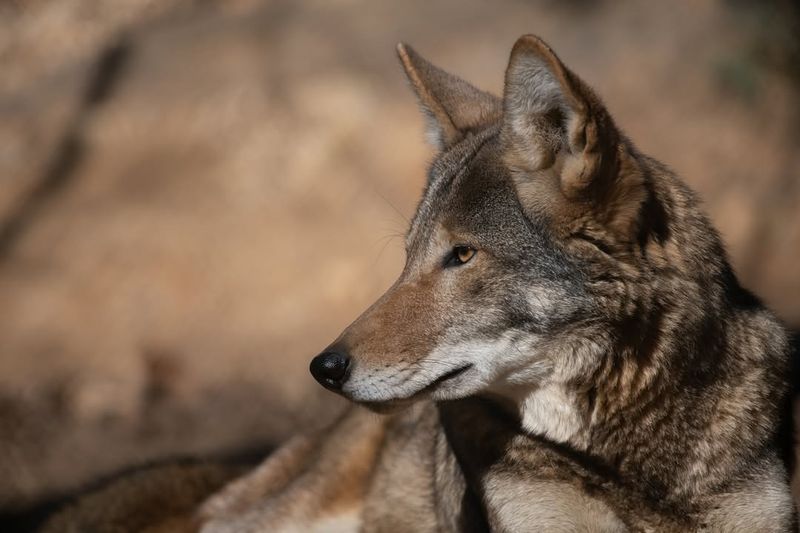
The Red Wolf, one of the rarest and most endangered wolf species, is native to the southeastern United States, particularly North Carolina. Weighing between 50 to 80 pounds, these wolves are smaller than many of their counterparts but are recognized for their distinctive reddish-brown fur. This coloration aids in blending into the wetland environments they often inhabit.
Red Wolves primarily hunt small mammals such as rabbits and rodents. They typically travel in small packs or as solitary individuals, adapting their social structure to the availability of resources. Their presence is vital for maintaining the balance of the ecosystems they inhabit, controlling the populations of prey species.
Efforts to conserve the Red Wolf are ongoing, with programs focused on habitat restoration and protection. For wildlife enthusiasts, visiting regions like the Alligator River National Wildlife Refuge offers a chance to learn about these wolves and the conservation efforts in place. Observing a Red Wolf in its natural setting is a moving experience, underscoring the importance of preserving endangered species and their habitats.
9. Eastern Timber Wolf
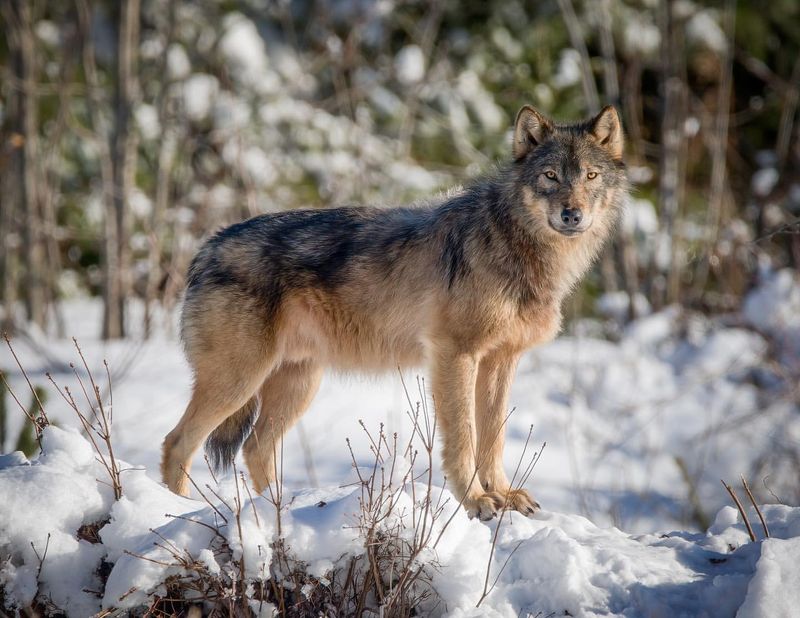
The Eastern Timber Wolf, also known as the Eastern Wolf, inhabits the forests of Minnesota, Wisconsin, Michigan, and parts of Canada. These wolves are known for their adaptability and resilience, weighing between 50 to 90 pounds. Their coats, a mixture of grays, browns, and blacks, provide effective camouflage in the forested regions they call home.
Eastern Timber Wolves primarily hunt deer and smaller mammals, using their pack dynamics to coordinate effective hunting strategies. Their social structures are complex, with a clear hierarchy that ensures the survival and success of the pack. These wolves play a crucial role in maintaining the balance of their ecosystems by regulating prey populations.
For those wishing to glimpse these majestic animals, the forests of the Great Lakes region offer ample opportunities. Guided tours provide insights into their behaviors and the ecological significance of apex predators in forest ecosystems. Observing these wolves in their natural habitat instills an appreciation for the intricate balance of nature and the critical role wolves play in it.

